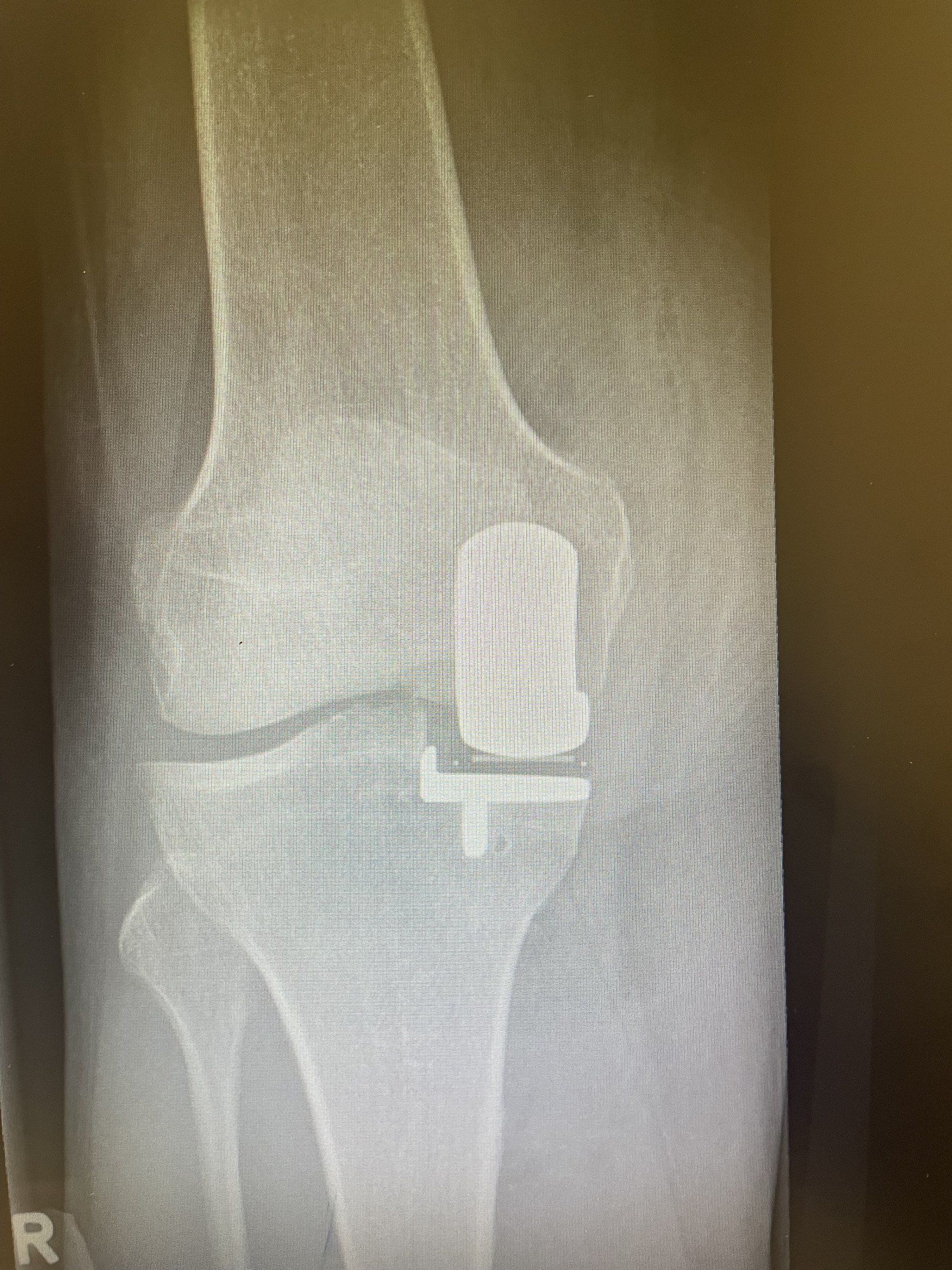Partial Knee Replacement
What is a Partial Knee Replacement?
Partial Knee Replacement is also known as Single Compartment Knee Replacement, Unicompartmental Knee Replacement, or Unicondylar Knee Replacement.
Your knee can be divided into three compartments:
- Patellofemoral, the compartment in front of the knee between the knee cap and thigh bone,
- Medial compartment, on the inside portion of the knee, and
- Lateral compartment which is the area on the outside portion of the knee joint.
Sometimes the damage to your knee is limited to only one compartment. A Partial Knee Replacement surgery is performed to replace only the worn-out parts of your knee with metal and plastic implants. If more than one compartment of your knee is worn out, a total knee replacement surgery may be needed instead.

Why Consider a Partial Knee Replacement?
Single Compartment or Unicompartmental Knee Replacement is a minimally invasive surgery in which only the damaged compartment of the knee is replaced with a new metal and plastic implant.
The healthy cartilage and bone in the remainder of the knee are left alone. This often leads to a more natural feeling knee after a partial knee replacement.
This means that only a part of the knee joint is replaced through a smaller incision than would normally be used for a total knee replacement. A Partial Knee Replacement is a less severe surgical option than a Total Knee Replacement.
A Total Knee Replacement is indicated for severe osteoarthritis of the knee where many or all the knee joint surfaces or compartment are either worn out or damaged and require replacing.
Knee Surgery Recommendation
Once your doctor and you have agreed on Knee Replacement Surgery your doctor will often discuss the options available and what the patient’s preferences are. These may include the:
- Specific surgery type. (Partial Knee Replacement- if suitable vs Total Knee Replacement)
- Knee implant (fixed vs mobile bearing)
- Surgical technique (Robotic assisted, Navigated, PSI- Patient Specific Instrumentation or conventional instruments)
These recommendations and the ideal approach to the knee depends on the individual patient’s anatomy, and your doctor will advise you of the most appropriate partial knee replacement and surgical technique.
Our aim is to return patients to their previous activity level with a fully functioning pain-free knee joint.


